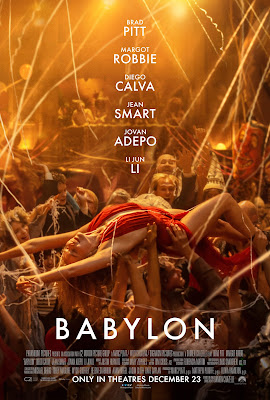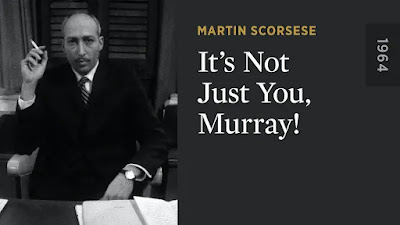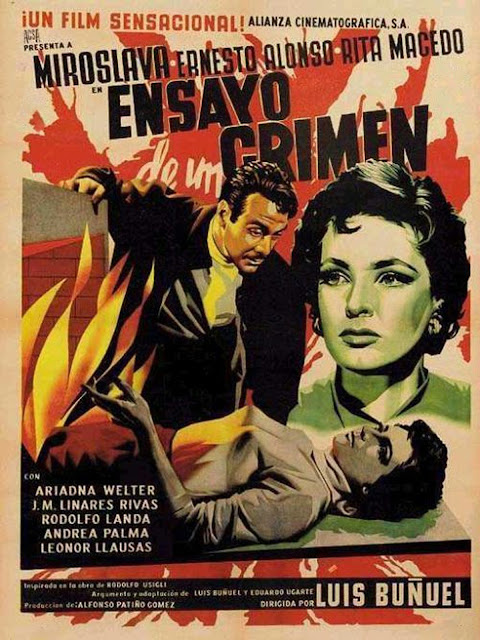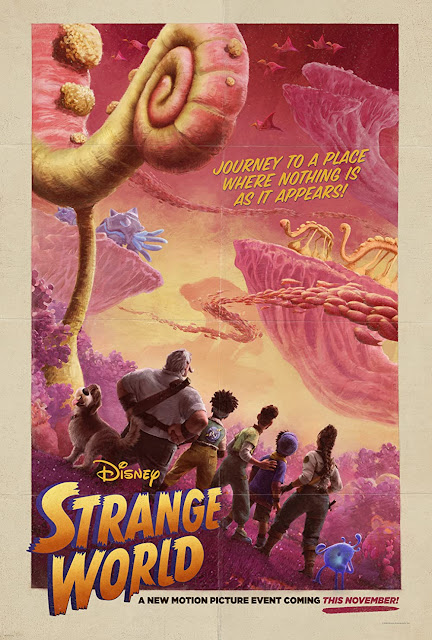Short Takes: “Disorder in the Court” (1936)

Why I oughtta... " Disorder in the Court " from 1936 is primo Moe, Larry, and Curly. More anarchic than the Marx Brothers, if less subtle and intellectual, the Stooges were marvels of chaos. There was no social commentary in this outing as they provided musical mayhem as testimony to clear Gail Tempest (Suzanne Kaaren, who was in some other shorts with the boys and in a couple of my favorite flicks from the thirties). Long story short, it's funny as heck and there's not much more to say except that it's a great example of the Stooges at their best.






